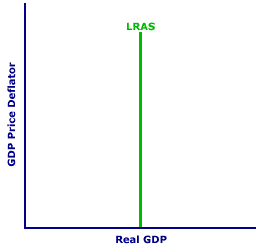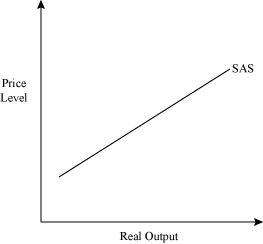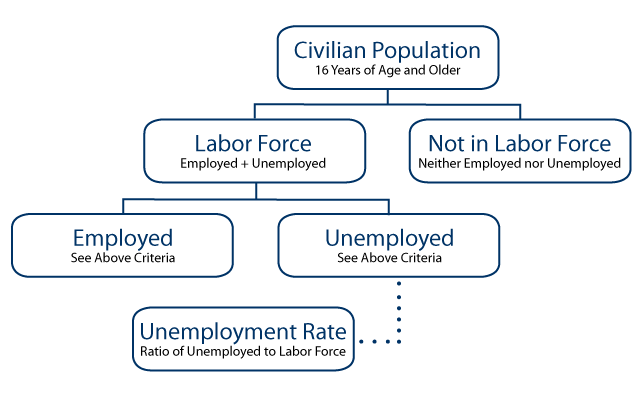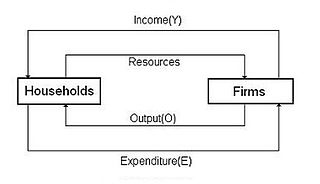January 3
Basic Concepts of Economics
- Macroeconomics- The study of the economy as a whole
- Microeconomics- The study of individual or specific units of the economy.
- Supply and Demand
- Business Organization
- Positive economics- Claims that attempt to describe the word as is
- collects and presents facts
- Very descriptive
- Normative economics- Claims that attempt to prescribe how the world should be.
- Needs- Basic requirements for survival
- Wants- Desires
- Scarcity- The fundamental economic problems that all societies face
- How the satisfy unlimited wants with limited resource
- Shortage- Situation in which quantity demanded is greater than quantity supplied.














